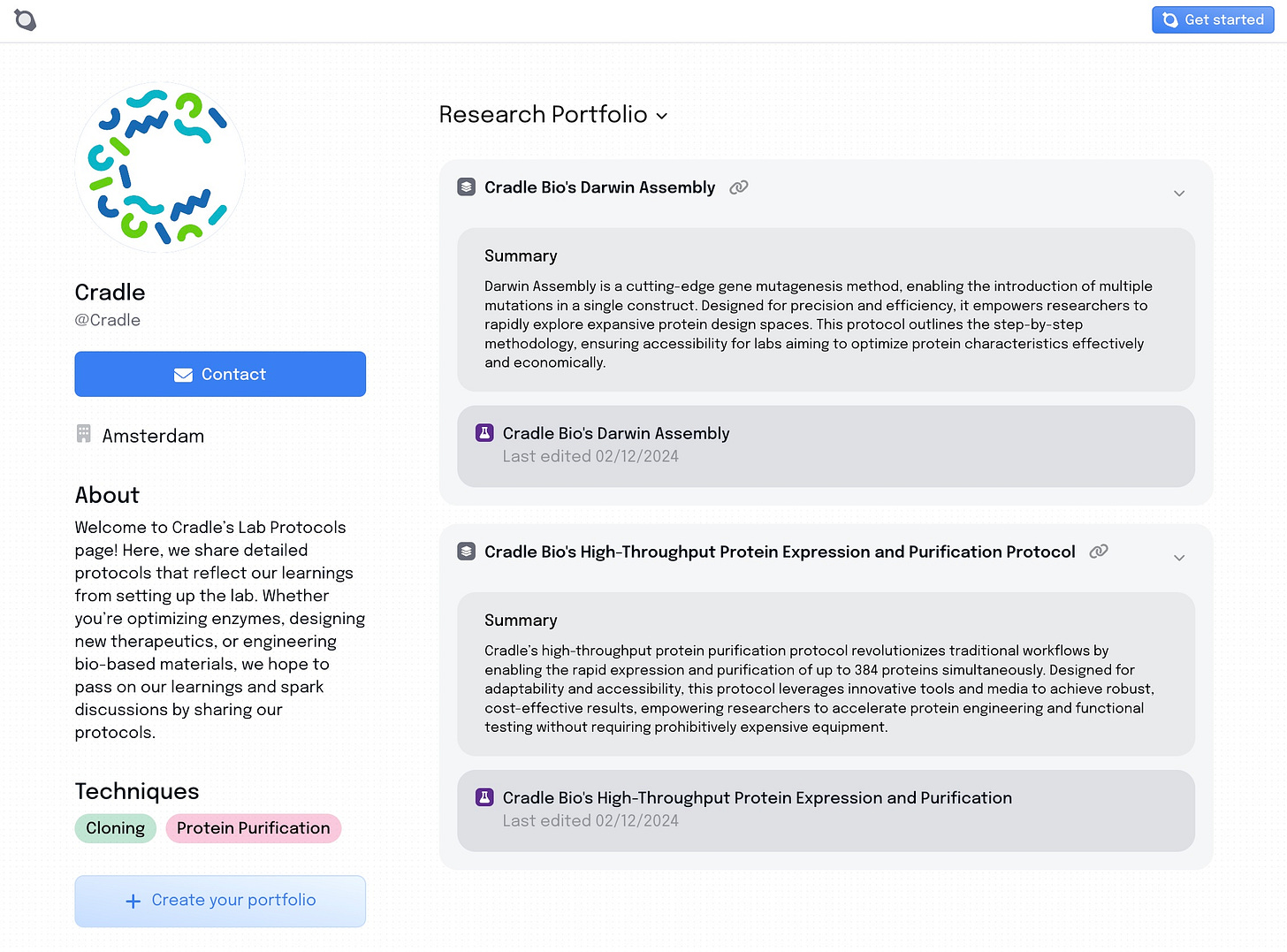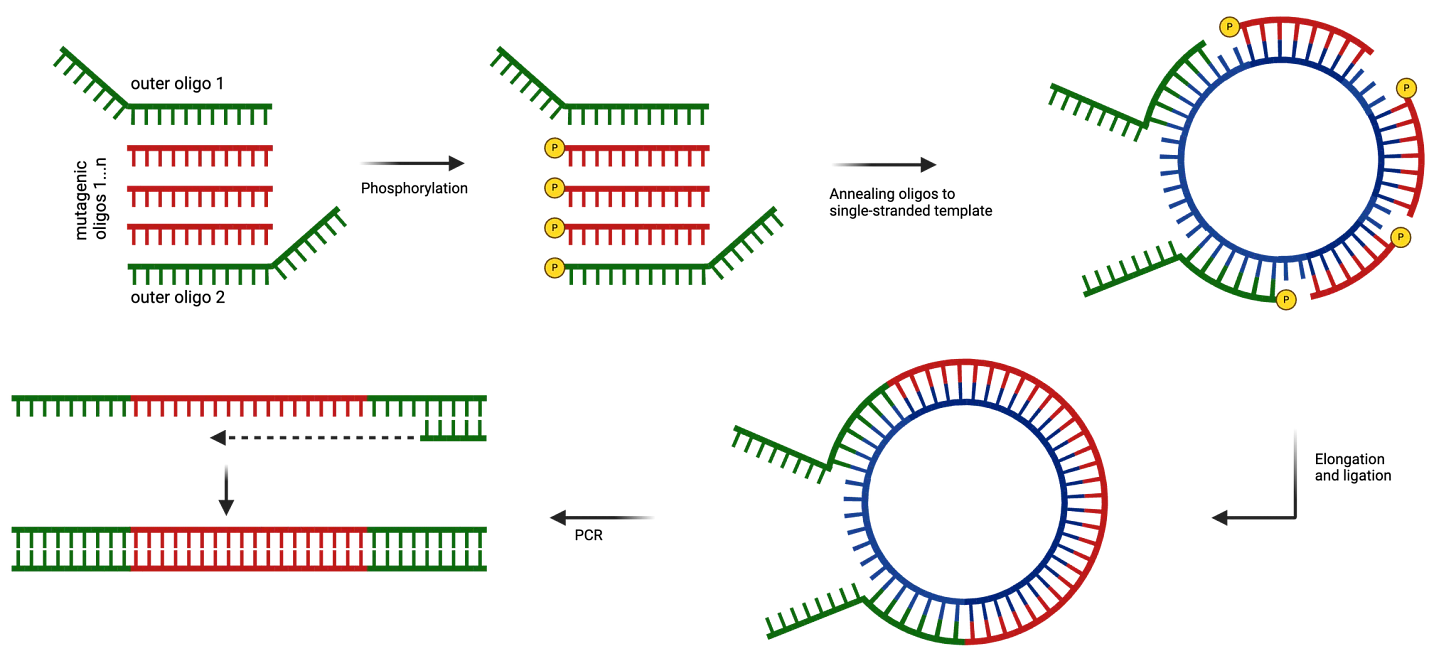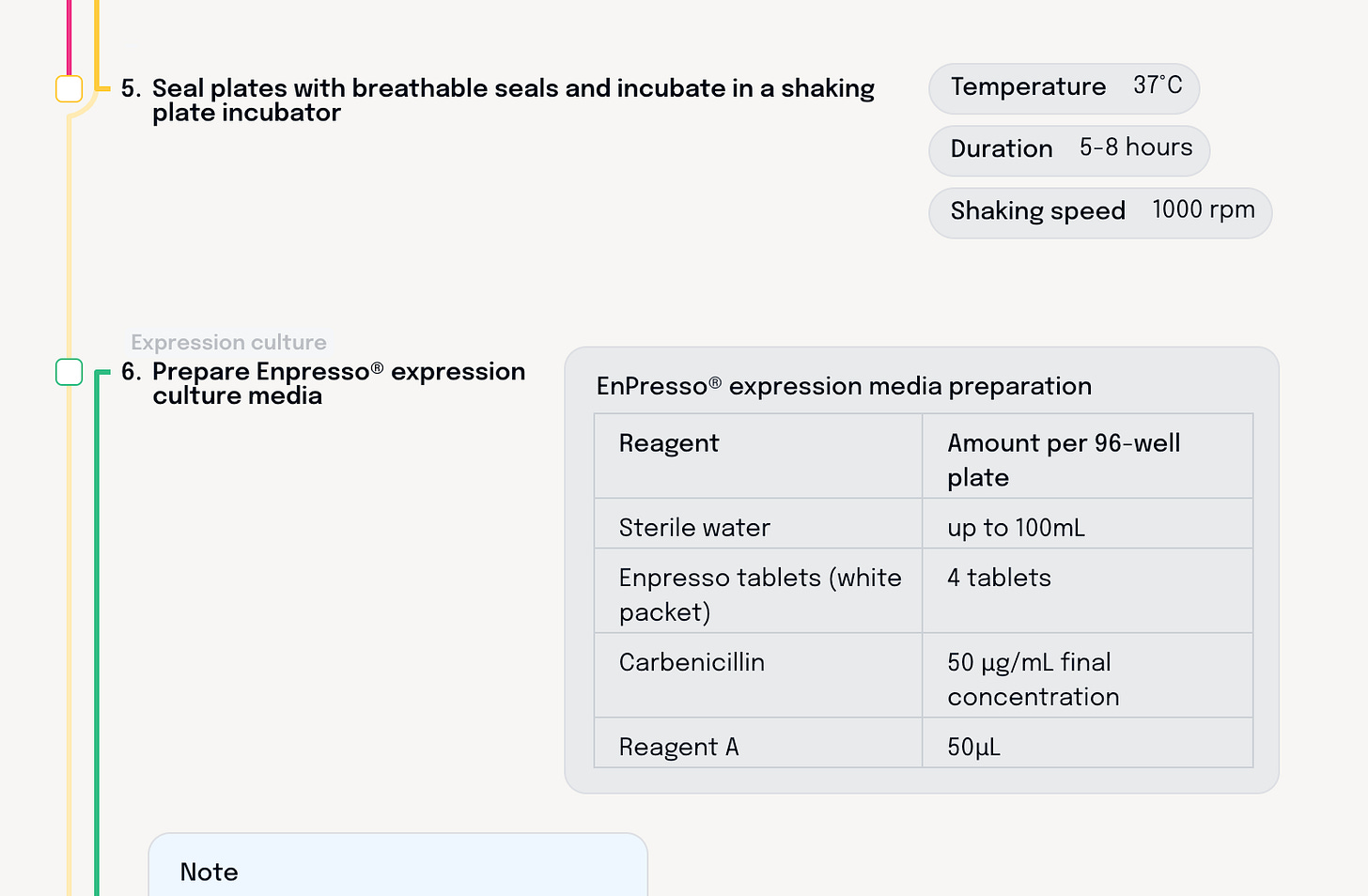Research Portfolios: The place to showcase your best lab work
And the rest of your lab work, that never got it's day in the sun.
Your lab notebook is valuable.
Contained within it, amongst the scribbles, the coffee stains, and the master mix calculations, are pages and pages of learning. A few pages are those eureka moments. The killer experiments that might form the foundations of your next paper.
The absolute majority of those pages, aren’t. They are the iterations and the optimisations. The little tweaks you make as you figure out how to get that protocol working. The countless dead ends you meet as the world rebuffs your attempts to understand it.
Thing is, if you’ve optimised a protocol, chances are, someone’s optimised it before, and someone will again.
All those learnings in your lab notebook, they have value – not just to you, and to your project, but to the scientific community. But 99% of those never make it out of the pages of that book.
Portfolios are your space to share those learnings. For the handy protocol tweaks, the dead-ends, or the eureka moments. Share them with your field and help people build on what you’ve done, Briefly will help you turn your tea-stained notes into something clear and shareable, and help you present your work in its best light.
Try it here.
This week, we’ll be showing you a few Briefly portfolios, to give a little insight into our users’ science, and maybe give you some ideas about parts of your own research you could share.
Today, we’re kicking off with Cradle.
Cradle are simplifying protein engineering. Their AI models suggest better sequences for functional objectives. Their in-house lab builds and tests new generations of protein variants, and the data feeds back and improves the next round of predictions.
Cradle are doing things differently, in so many ways. Not only with tech, but also in their values. That includes sharing the lessons they’ve learned publicly. Cradle pulled back the curtain on two of their core wet lab processes, so that others might learn from them.
You can find the protocols on their Briefly portfolio.
The first workflow, Darwin Assembly, is an efficient gene mutagenesis technique; an adaption from a paper by Chris Cozens and Vitor Pinheiro.
Their write-up contains all their own optimisations and procedural details to help get it up and running, as well as an open discussion of its pros and cons. It’s useful, not only as a guide to running the method, but also as advice to researchers weighing up different mutagenesis options.
Their second workflow is their very own high throughput protein expression platform. It contains all the nitty gritty and practical details of their internal workflow, including their experience with an unconventional, but transformative growth media – Enpresso.
One of its developers, Jinel, noted:
“Something as simple as providing this workflow makes it more accessible. We’re trying to change the mentality because a lot of companies think that getting fancy equipment will solve all of their problems,”
Cost-effectiveness, practicality, and transparency. Celebrating these qualities in science will help us all move forward faster.
Check out Cradle’s portfolio page on Briefly here.







